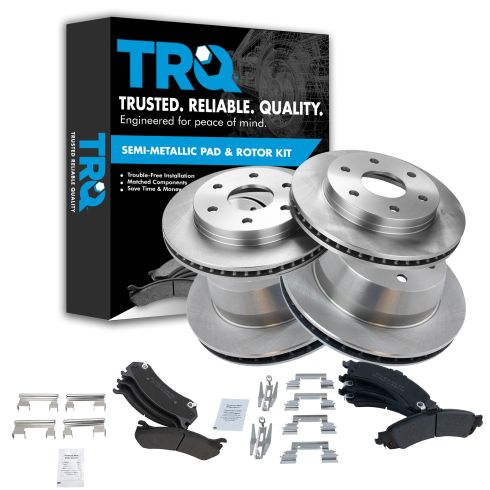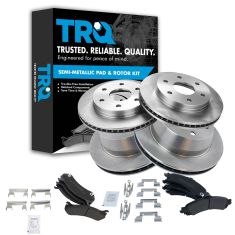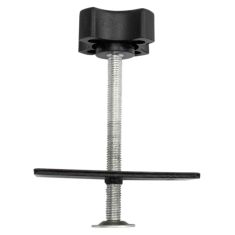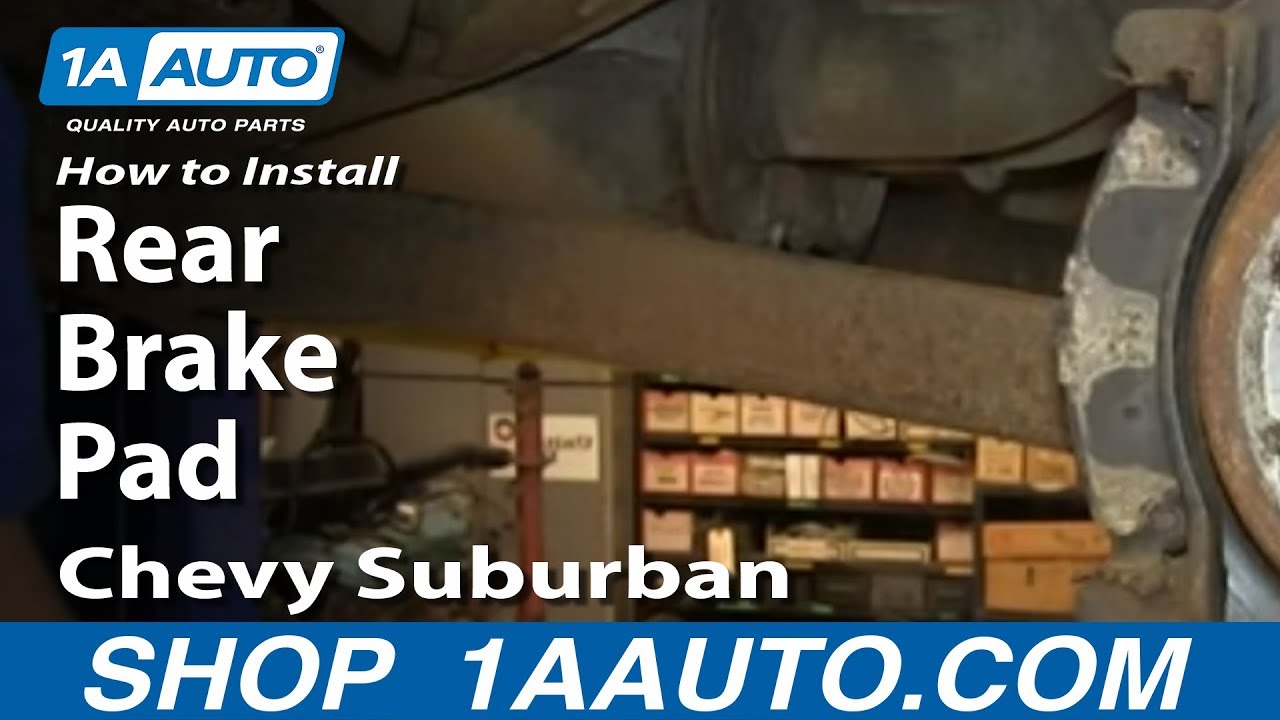1ABFS01800-Chevrolet GMC Cadillac Front & Rear Semi-Metallic Brake Pad & Rotor Kit TRQ BKA11356



















Replaces
Chevrolet GMC Cadillac Front & Rear Semi-Metallic Brake Pad & Rotor Kit TRQ BKA11356










Frequently bought together
Product Reviews
Loading reviews
3.83/ 5.0
6
6 reviews
quality
March 25, 2017
fantastic quality and exact fit .very prompt shipping and well packed ... never going back to Napa or advanced auto ...
Did not receive all parts
April 3, 2018
I ordered a rotor and brake kit and instead of the 4 rotors it only came with 3 and Ill probably never order again
June 13, 2018
The brake pads where junk. They made a lot of noise when stopping all the time!!! Had to buy different brake pads some where else.
Fast and good
October 28, 2019
Shipped fast and fit perfect
Little noisy but good.
December 12, 2024
Break pads are a little noisy, but seem to be getting better, but they fit perfectly, and stops very good.
Pads and rotors on 2002 Suburban 1500 4x4
December 26, 2024
Mighty fine brakes and rotors. No problems with install. Stops on a dime.
Customer Q&A
No questions have been asked about this item.

















